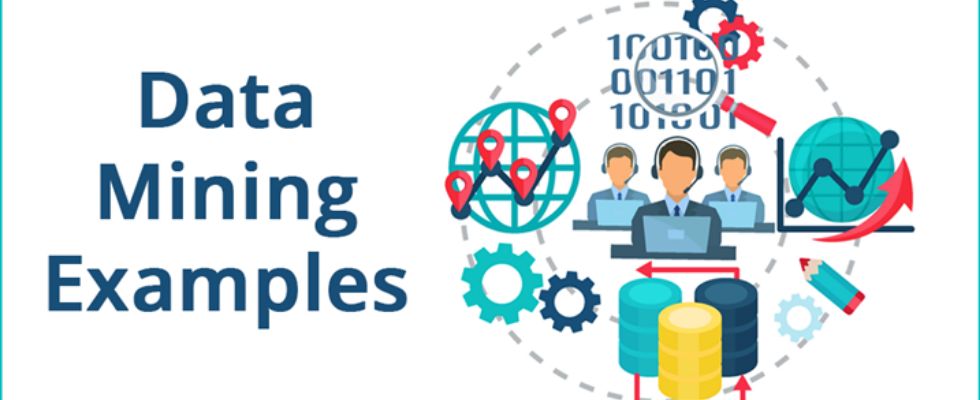Examples of Data Mining

Data mining is applied in various industries and domains to extract valuable insights from large datasets. Here are some examples of how data mining is used in different contexts:
-
Retail and E-commerce:
- Market Basket Analysis: Analyzing transaction data to identify patterns of items frequently purchased together. This information is used for product placement, recommendations, and marketing strategies.
-
Healthcare:
- Disease Prediction and Diagnosis: Applying data mining to electronic health records to predict diseases, identify risk factors, and assist in early diagnosis.
-
Finance:
- Credit Scoring: Analyzing financial data to assess the creditworthiness of individuals or businesses. Data mining helps in predicting the likelihood of default and setting appropriate interest rates.
-
Telecommunications:
- Churn Prediction: Analyzing customer usage patterns and behavior to predict the likelihood of customers switching to a different service provider.
-
Manufacturing:
- Quality Control: Analyzing production data to identify patterns related to product defects and improve manufacturing processes.
-
Marketing:
- Customer Segmentation: Using data mining to segment customers based on demographics, behavior, or preferences for targeted marketing campaigns.
-
Education:
- Student Performance Prediction: Analyzing student data to predict academic performance, identify at-risk students, and provide targeted interventions.
-
Fraud Detection:
- Credit Card Fraud Detection: Analyzing transaction data to detect unusual patterns or anomalies indicative of fraudulent activities.
-
Human Resources:
- Employee Attrition Prediction: Analyzing HR data to predict employee turnover and identify factors contributing to attrition.
-
Social Media:
- Sentiment Analysis: Analyzing social media content to determine the sentiment expressed by users regarding products, brands, or events.
-
Government and Public Services:
- Crime Pattern Analysis: Analyzing crime data to identify patterns, hotspots, and trends, aiding law enforcement in crime prevention.
-
Energy and Utilities:
- Predictive Maintenance: Analyzing sensor data from equipment to predict when maintenance is required, reducing downtime and operational costs.
-
Transportation and Logistics:
- Route Optimization: Analyzing historical transportation data to optimize routes, reduce fuel consumption, and improve overall efficiency.
-
Weather Forecasting:
- Pattern Recognition in Meteorological Data: Analyzing historical weather data to identify patterns and improve the accuracy of weather forecasts.
-
Pharmaceuticals:
- Drug Discovery: Analyzing biological and chemical data to identify potential drug candidates and accelerate the drug discovery process.
These examples illustrate the diverse applications of data mining across various industries, showcasing its ability to uncover patterns, trends, and insights that can inform decision-making and improve processes.
Thank you.
